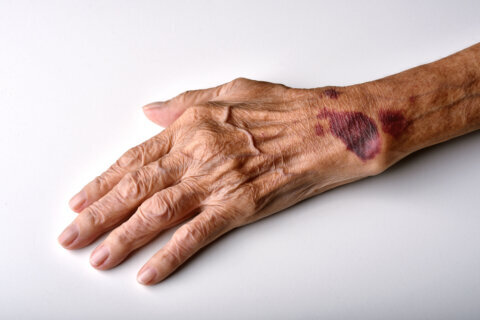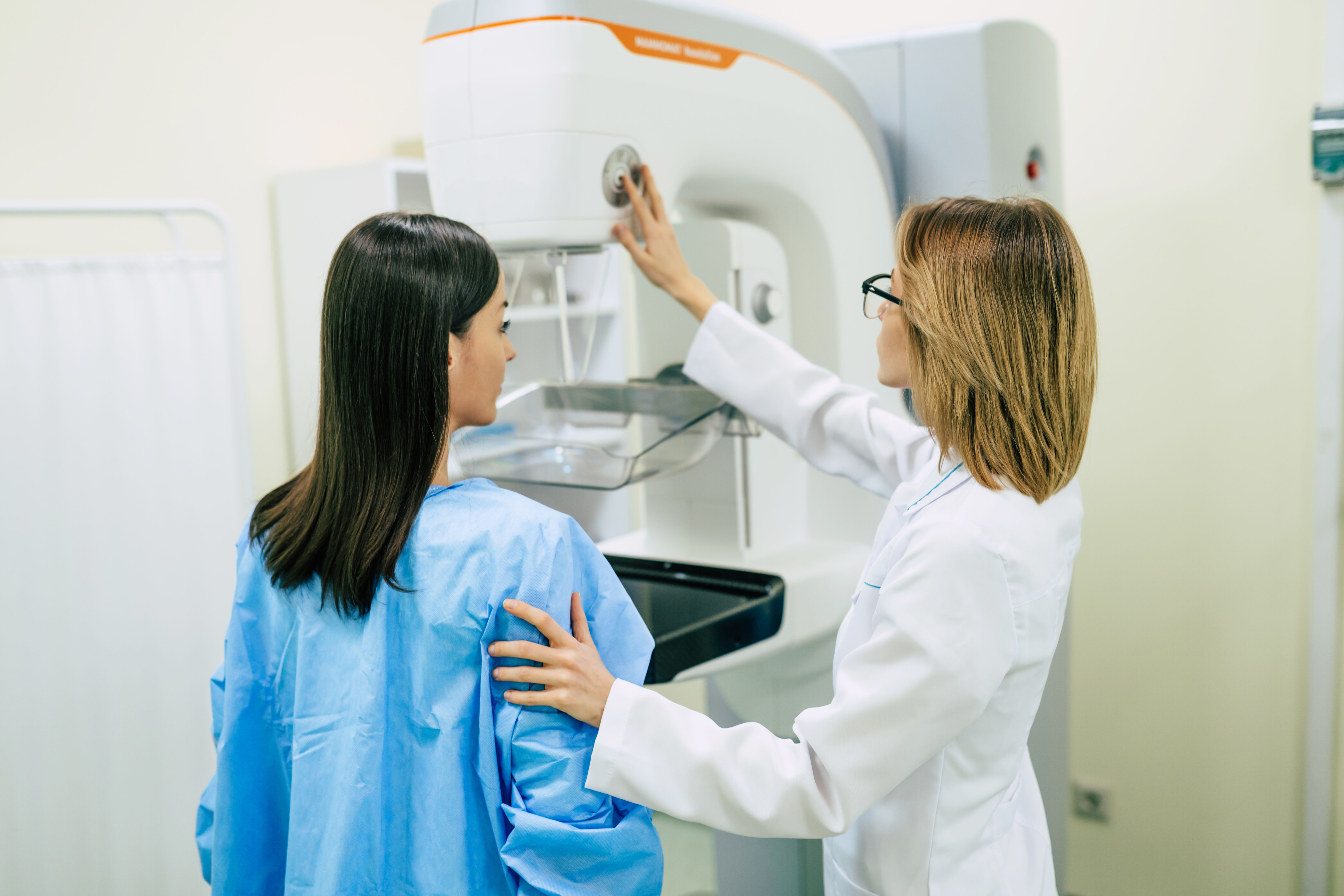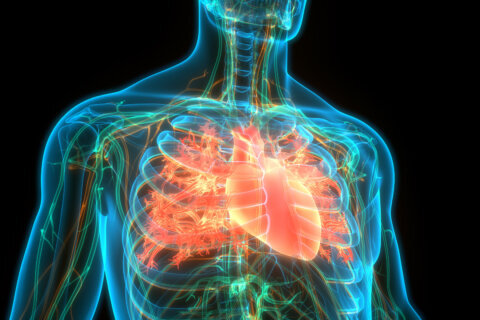This content is sponsored by MedStar Washington Hospital Center.
Uterine cancer is a common type of cancer that is typically diagnosed in women aged 45–74, according to the National Cancer Institute. With uterine cancer, there are some steps women can take to reduce their risk and seek prompt care if warning signs arise.
There are two types of uterine cancer: endometrial cancer, which affects the lining of the uterus, and uterine sarcoma, which affects the muscle wall of the uterus. Endometrial cancer is the most commonly diagnosed gynecologic cancer.
The most common symptom of uterine cancer is abnormal vaginal bleeding, which presents in both types of cancer, said Dr. Ebony Hoskins, a gynecologic oncologist at MedStar Washington Hospital Center. Other symptoms include pelvic or back pain and a noticeable mass. These symptoms are slightly more common in uterine sarcoma.
The rate of uterine cancer is rising in the United States. Uterine cancer represents 3.6% of all new cancer cases in the U.S., according to the National Cancer Institute. In 2020, the National Cancer Institute estimates that there will be 65,620 new cases of uterine cancer and 12,590 deaths from this disease.
The uterine cancer rate is in lockstep with the obesity epidemic, as approximately 70% of uterine cancers are linked to obesity, Dr. Hoskins noted.
“We have found that the incidence of uterine cancer – particularly endometrial cancer – is rising as well as the obesity epidemic is rising. So we are seeing a direct correlation regarding endometrial cancer diagnoses and obesity, making obesity a big risk factor,” Dr. Hoskins said.
Other risk factors include women who began menstruating before the age of 12 and/or entered menopause after the age of 55, have never given birth or have undergone estrogen-only hormone replacement therapy.
There are several less controllable risk factors such as age (most cases occur in women over 50), race (more cases occur in Caucasian women) and genetics (some women, including those previously diagnosed with a different form of cancer, have a greater genetic predisposition to this cancer than to others).
The importance of maintaining a healthy lifestyle can’t be overstated, Dr. Hoskins said. It can even help prevent the cancer.
“Largely it can be prevented – taking care of your body with adequate exercise and diet is the biggest prevention method,” she said.
Dr. Hoskins says if you have a difficult time maintaining diet and exercise goals alone, it may be time to consult a doctor or a nutritionist.
Increased estrogen levels can also contribute to the development of uterine cancer. So those undergoing hormone replacement therapy to help with hot flashes may want to consider non-hormonal options such as anti-depressants that can help, while not increasing cancer risk, Dr. Hoskins said.
Also, “if you experience any symptoms such as bleeding … it should prompt an evaluation by your primary care doctor or GYN physician,” Dr. Hoskins said. Early detection of precancerous conditions like atypical endometrial hyperplasia could prevent you from developing uterine cancer down the line.
MedStar Washington Hospital Center is equipped to set patients up with a skilled team of doctors and resources to help them spot and treat uterine cancer.
“Our Women’s Oncology Center is very experienced when it comes to taking care of women with gynecologic cancers,” Dr. Hoskins said. “We have multi-disciplinary teams, which include gynecologic oncologists, radiation oncologists, medical oncologists and other ancillary programs such as social work and palliative care.”
Read more in a blog post from Dr. Hoskins on MedStar Washington Hospital Center’s website.







